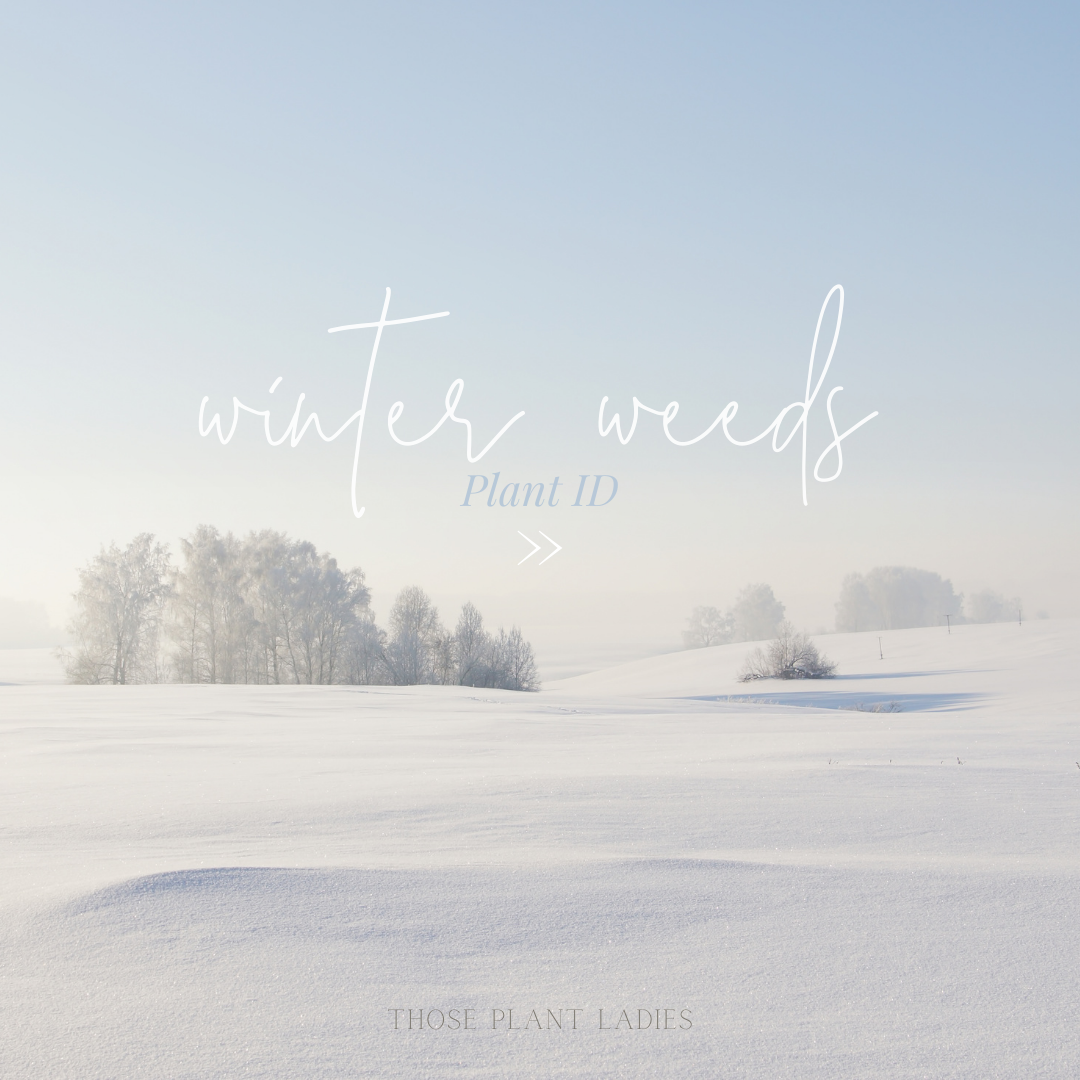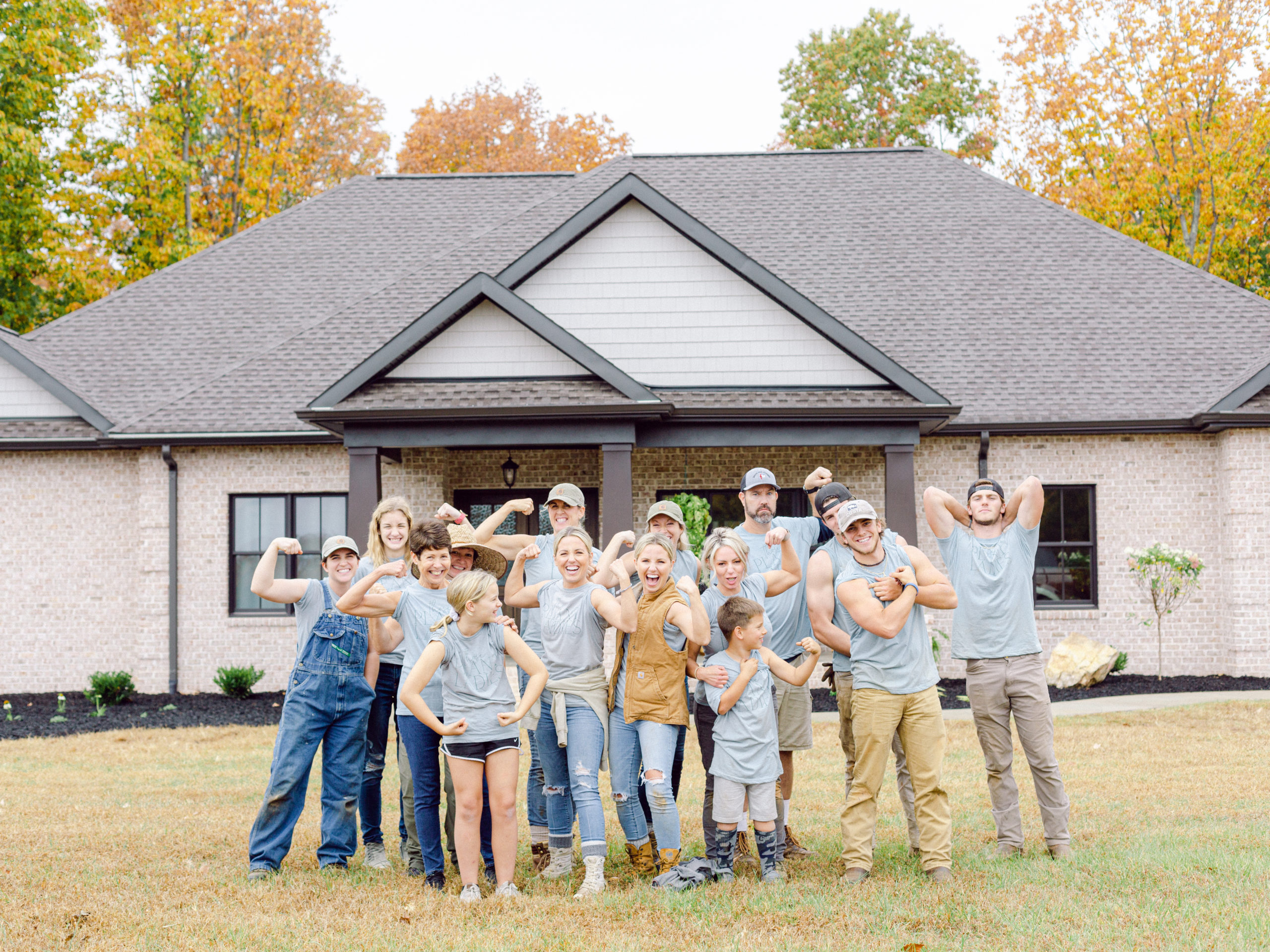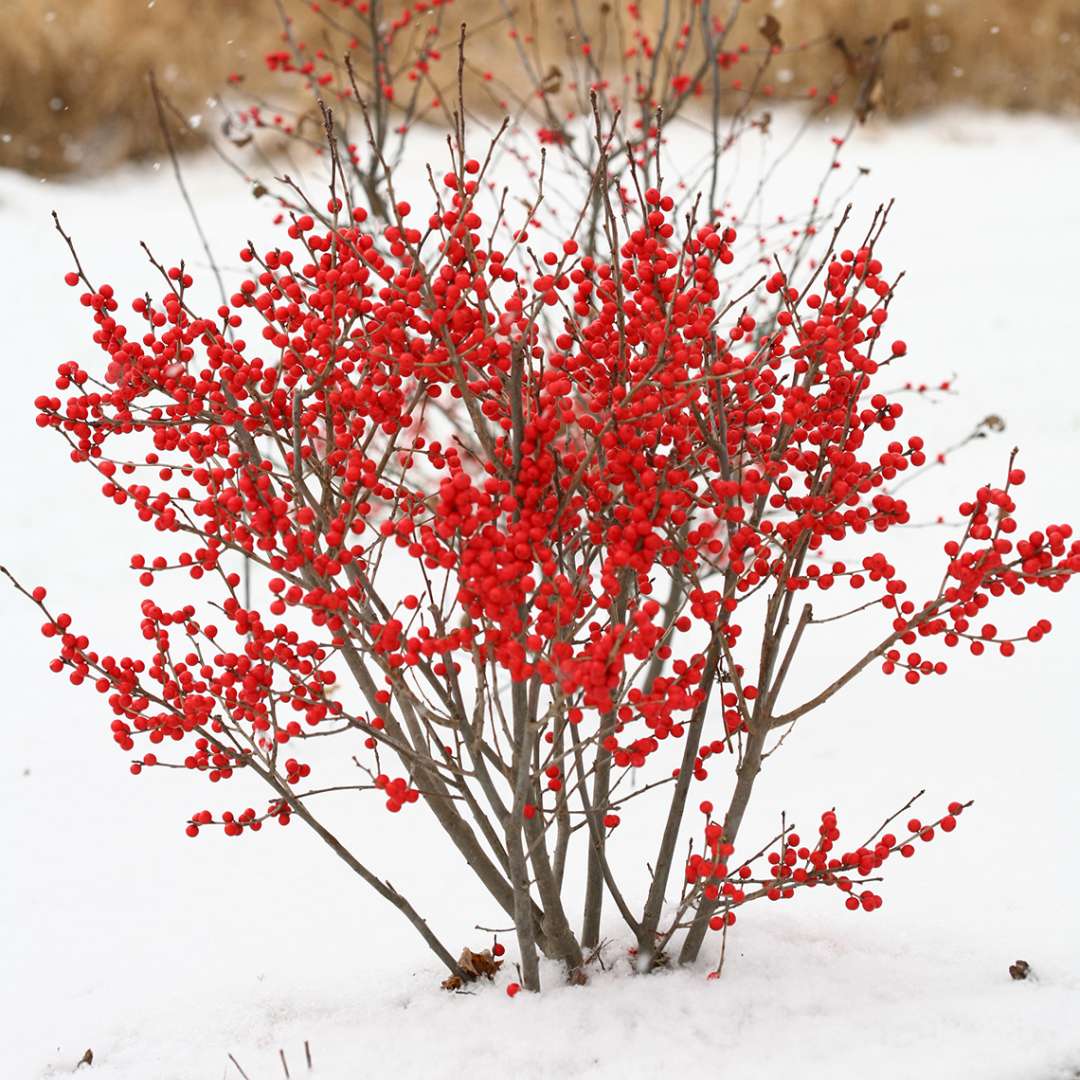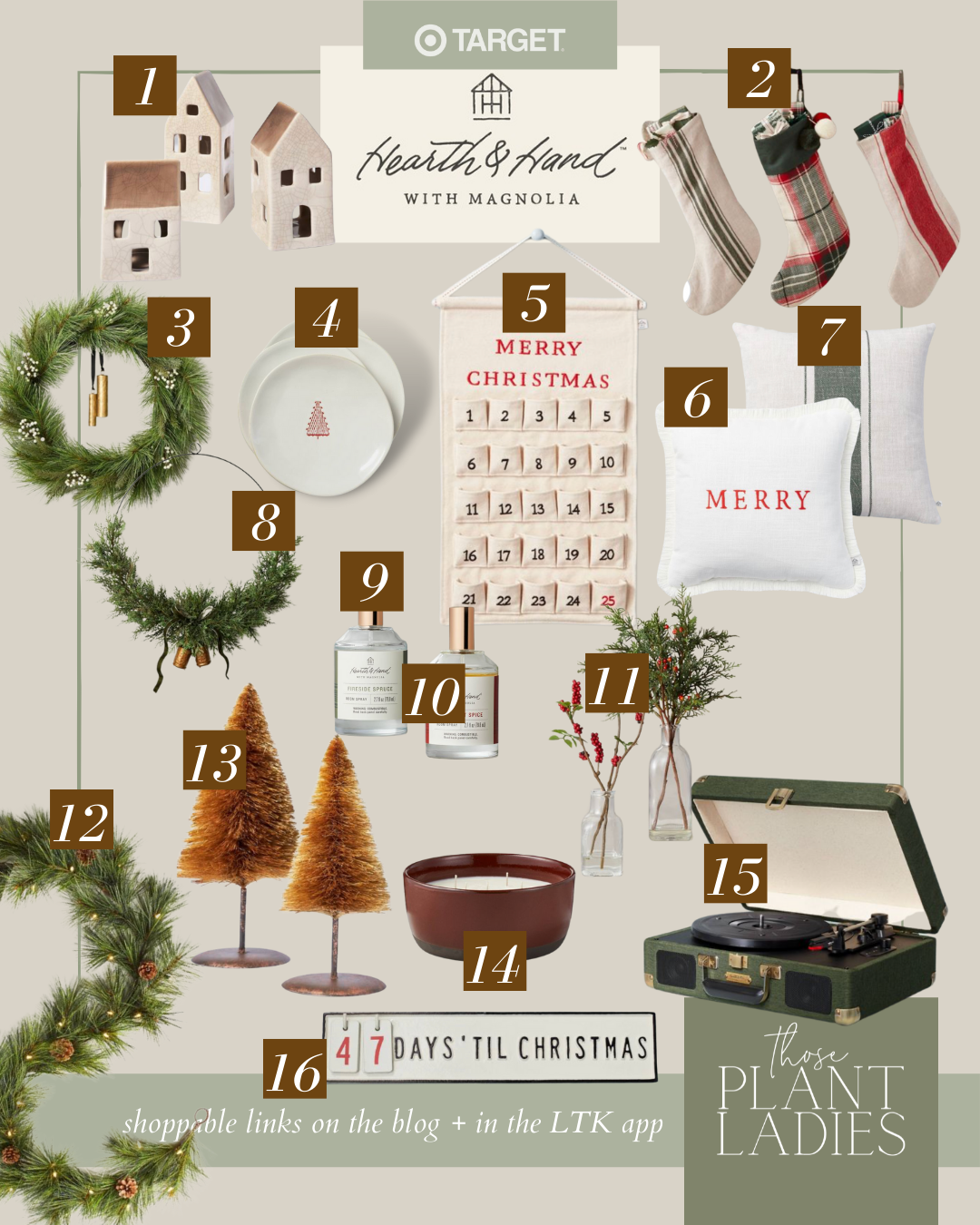Winter weeds… seriously? So nothing else can grow in the winter but there are weeds that can? Great.
While these weeds are often called winter weeds or cool-season weeds, we start to see them emerge during the changing fall season, when the weather starts hitting around or below 60 degrees. This is when the seeds begin to germinate and new plants sprout up. Their growth will slow in the middle of the coldest of cold days but they do creep along throughout the season when our guards are down and we’ve stopped paying as much attention to our landscapes. But, left without attention, these winter weeds can cause huge issues and spread like crazy. It is really important to stay on top of weeds throughout the whole year!
RELATED POST: Why You Need to Manage Your Weeds
Let’s take a look at a few top offenders for the Southeast and how to identify them.

1.
Hairy Bittercress (Cardamine hirsuta)
– Grows from a rosette, with all leaves coming from a central point and growing fairly low to the ground
– Leaves are a very unique shape (check out the image below) – a scalloped edges that come to a flat point at the tip
– Leaves are oppositely arranged, meaning they come out of the same point on the stem on either side
– When the flowers begin to appear, they usually stretch above the rosette of leaves below
– Flowers are very small and white, forming clusters at the tops of the extended stalks
– Seed heads are also very noticeable – long, thin pods also at the top of the plant alongside the flowers (check out the above image)

If you have hairy bittercress, you should really get out there and pull it or spray it before the flowers form. This is good practice for the management of any weeds but it’s especially true for this plant! Those long, skinny seed pods burst open when touched and spread seeds everywhere when pulled by hand or weed whacked. This will leave you with a weedy mess for years to come! Get ahead of the mess by pulling them out of the ground before they have a chance to spread!

2.
Henbit (Lamium amplexicaule)
Henbit is fairly easy to identify and can be easily hand-pulled from landscape beds if caught early in its growth.
– More upright in its growth habit rather than laying flat on the ground
– Unique leaves with deep veins and very lobed edges
– Leaves are oppositely arranged, emerging from the same spot on either side of the stem
– Lower leaves have petioles or small, stem-like structures connecting them to the main stem while upper leaves appear to be attached directly to them main stem, sometimes appearing to form a complete circle around the stem
– Main stem is distinctly square
– Long, tubular, purple flowers appear around the top few sets of leaves

3.
Annual Bluegrass (Poa annua)
Grasses are so hard to identify! Annual bluegrass is no exception and can be a real pain when it is growing in your lawn among other grasses. It is most easily identified by the seed heads but we keep saying it’s best to not let things go to seed. Here are ways to identify by the seed head and by other features.
– Seed heads have white, almost fluffy looking structures suspended on very, very thin “branches” (seen in the photo above)
– This is a fairly low growing grass with thin leaf blades
– Grows in clumps (check it out below)
– Blade tips have a distinct “boat” shape to them (again, below)



4.
Common Chickweed (Stellaria media)
There are many species of chickweed that can make an appearance in the winter. They have many characteristics in common but we’ll stick specifically to Stellaria media for now.
– While most species of chickweed have hairs present on the stems and leaves, common chickweed is smooth
– Low growing, forming a mat on the ground from a central growing point
– Leaves are triangular to heart-shaped in appearance with smooth edges
– Leaves are oppositely arranged, emerging in pairs from the same point on the stems
Each chickweed plant can spread over 800 seeds and easily grow roots along their stems. Be sure to remove pulled weeds from your yard entirely or these may establish new roots and continue growing.
Pin for Later






